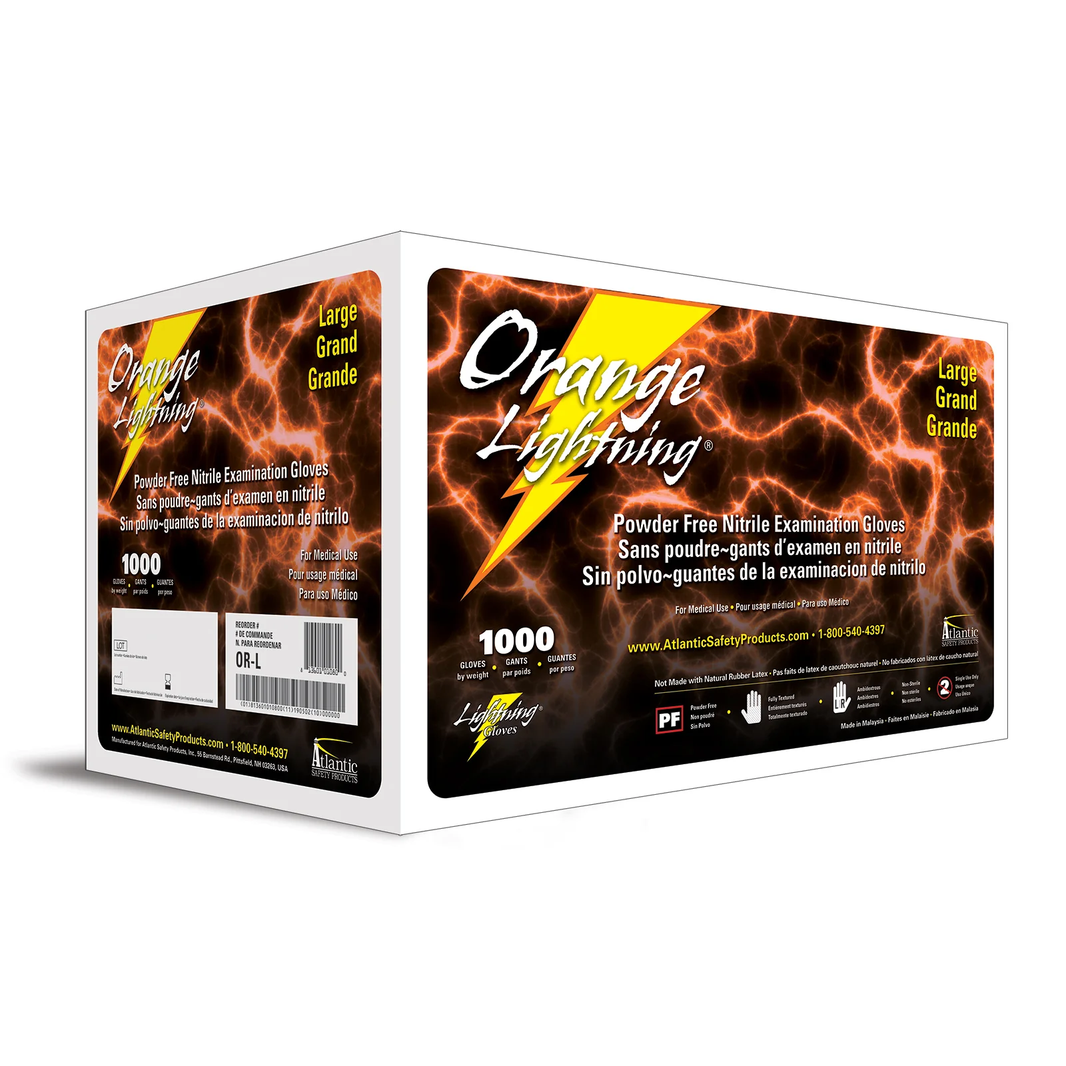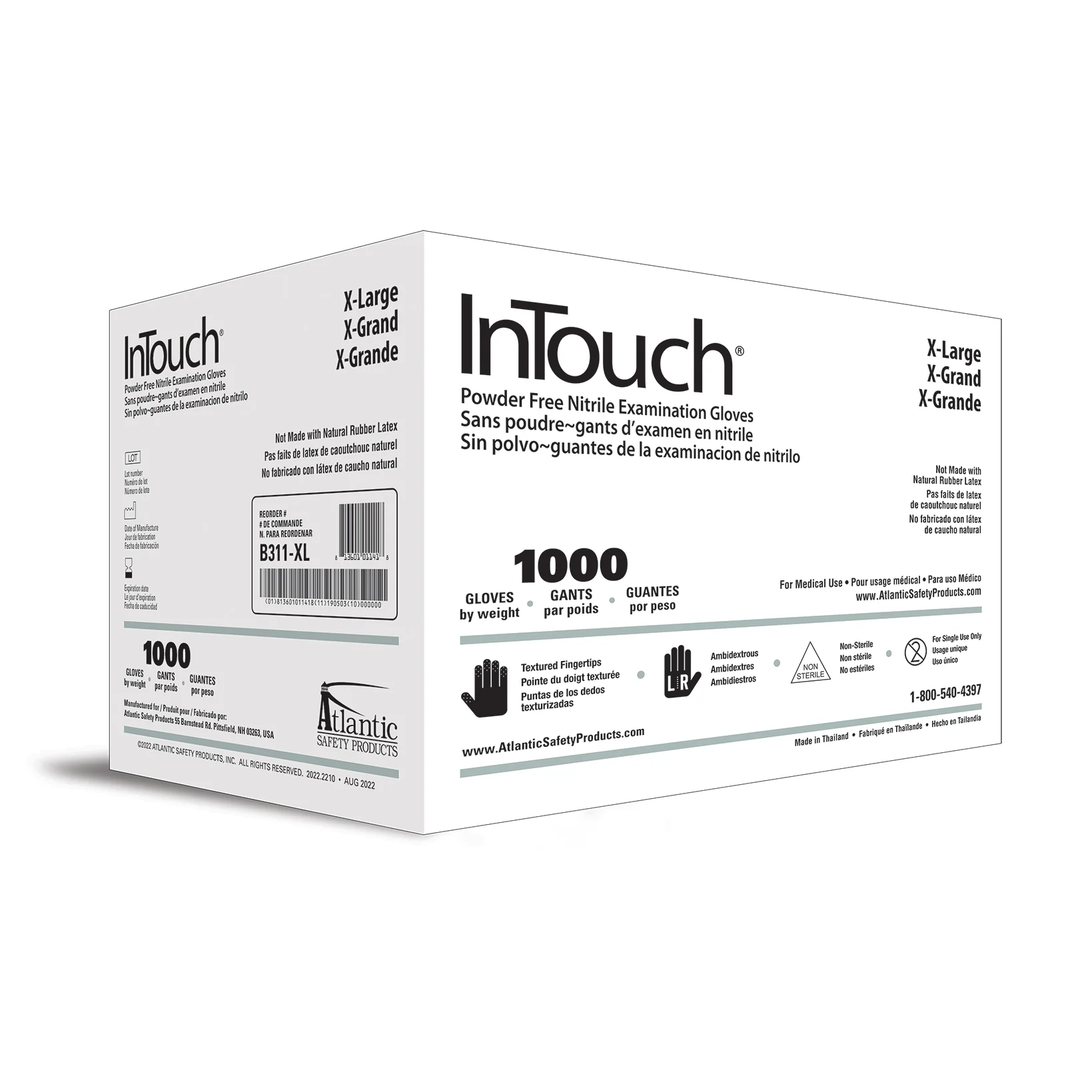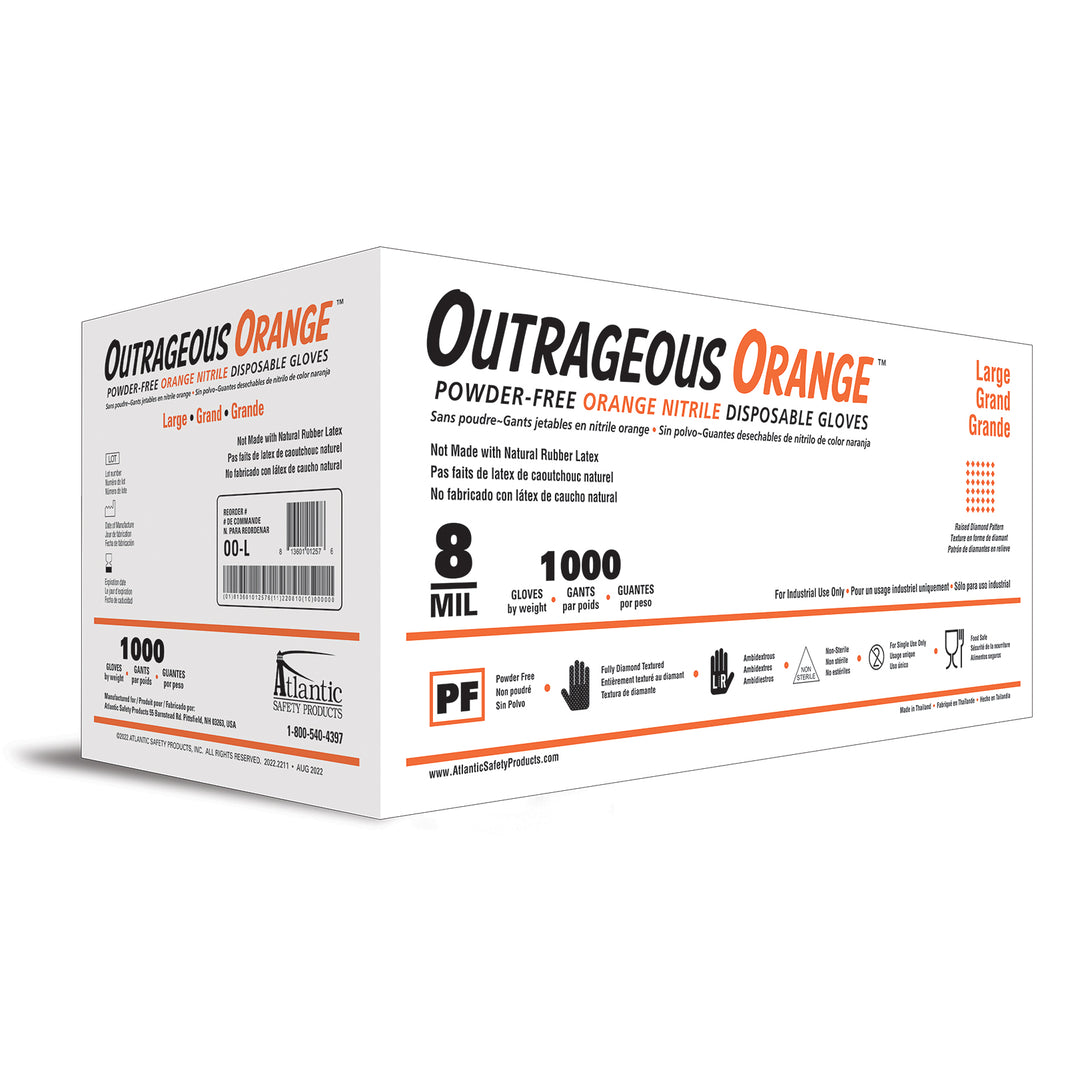When it comes to industrial safety, choosing the right type of disposable gloves is critical. Workers in manufacturing, automotive repair, healthcare, and other industries rely on gloves to protect their hands from chemicals, abrasions, and contamination. Among the many types of gloves available, nitrile and vinyl are two of the most commonly used options. Each material has distinct advantages and disadvantages, making it essential to understand their properties before making a decision.
The Basics: What Are Nitrile and Vinyl Gloves?
Nitrile gloves are made from synthetic rubber, a material known for its strength, flexibility, and resistance to chemicals. Originally developed as a latex-free alternative, nitrile gloves are widely used in environments that require high levels of durability and protection.
Vinyl gloves, on the other hand, Vinyl gloves are made from polyvinyl chloride (PVC), a synthetic plastic polymer. These gloves are less expensive to produce and are often used in applications where cost is a primary concern and durability is less critical.
Key Differences Between Nitrile and Vinyl Gloves
While both nitrile and vinyl gloves serve as protective barriers, they differ significantly in terms of performance, durability, and applications.
1. Chemical Resistance
Nitrile gloves offer superior resistance to chemicals, including oils, greases, and a wide range of hazardous substances. This makes them ideal for industries like automotive repair, where exposure to chemicals is frequent.
Vinyl gloves provide limited chemical resistance and are best suited for tasks that involve minimal exposure to hazardous substances. They are often used in food handling and light cleaning tasks.
2. Durability and Puncture Resistance
Nitrile gloves are known for their exceptional durability and puncture resistance. They can withstand heavy use and are less likely to tear when handling sharp tools or materials.
Vinyl gloves, while more affordable, are less durable and prone to tearing under stress. They are not recommended for tasks that require handling sharp objects or heavy-duty work.
3. Fit and Comfort
Nitrile gloves are highly elastic and conform to the shape of the hand, providing a snug and comfortable fit. This flexibility allows for better dexterity, making nitrile gloves ideal for precision tasks.
Vinyl gloves are less elastic and do not provide the same level of fit. They can feel loose and may hinder fine motor skills, which can be a drawback in tasks requiring precision.
4. Allergy Concerns
Both nitrile and vinyl gloves are latex-free, making them suitable for individuals with latex allergies. However, nitrile gloves are often preferred in medical and industrial settings due to their hypoallergenic properties.
5. Cost
Vinyl gloves are generally less expensive than nitrile gloves, making them a cost-effective option for short-term or low-risk tasks. However, the lower cost often comes at the expense of performance and durability.
Applications of Nitrile and Vinyl Gloves
Understanding the strengths and weaknesses of each material can help determine the best use cases for nitrile and vinyl gloves.
Nitrile Gloves:
-
Automotive repair and maintenance
-
Industrial manufacturing
-
Medical and healthcare settings
-
Laboratories and chemical handling
-
Tattoo artistry
Vinyl Gloves:
-
Food preparation and handling
-
Light cleaning tasks
-
Low-risk medical examinations
-
General-purpose tasks with minimal exposure to hazards
Environmental Considerations
One of the challenges with disposable gloves is their environmental impact. Both nitrile and vinyl gloves are non-biodegradable, but there are differences in their production and disposal:
-
Nitrile Gloves: Advances in manufacturing have led to the development of more eco-friendly nitrile gloves. Some brands now offer recyclable options, reducing their environmental footprint.
-
Vinyl Gloves: The production of vinyl gloves involves the use of PVC, which releases harmful chemicals during manufacturing and disposal. As a result, vinyl gloves are considered less environmentally friendly.
Making the Right Choice
Selecting between nitrile and vinyl gloves depends on the specific requirements of the task at hand. Here are some key considerations:
-
For High-Risk Tasks: Choose nitrile gloves for tasks that involve exposure to chemicals, puncture risks, or the need for precision.
-
For Low-Risk Tasks: Opt for vinyl gloves when cost savings are a priority, and the task involves minimal exposure to hazards.
-
For Long-Term Use: Consider the durability and performance of nitrile gloves to reduce the frequency of replacements.
Best Practices for Glove Use
To ensure maximum protection and efficiency, it’s important to follow best practices when using disposable gloves:
-
Proper Sizing: Choose gloves that fit snugly without being too tight to avoid tearing or discomfort.
-
Regular Replacement: Change gloves immediately if they become torn, soiled, or contaminated.
-
Storage: Store gloves in a cool, dry place away from direct sunlight to maintain their quality.
-
Training: Provide training for employees on the proper use and disposal of gloves to enhance workplace safety.
Conclusion
When it comes to industrial safety, the choice between nitrile and vinyl gloves can have a significant impact on performance, protection, and cost-effectiveness. Nitrile gloves offer unparalleled durability, chemical resistance, and comfort, making them the preferred choice for high-risk and precision tasks. Vinyl gloves, while more affordable, are best suited for low-risk applications where durability is less critical. By understanding the strengths and limitations of each material, industries can make informed decisions to ensure the safety and efficiency of their workforce.






